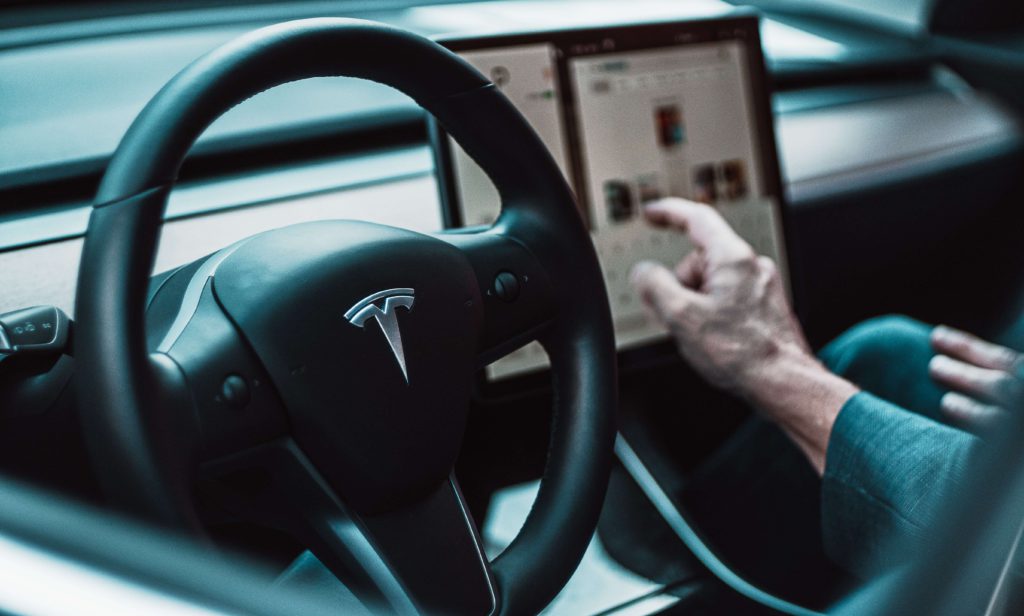Tesla’s autopilot is under investigation by the feds after several loss of control crashes this year in California, Florida, Michigan, and Texas.
The NHTSA is investigating Tesla Motors for an incident in which the electric car manufacturer installed a safety feature that made its vehicles suddenly accelerate up to speeds of 70 mph. The Transportation Department received complaints from drivers who said their Teslas sped up without warning after hitting bumps, or when they were just trying to set cruise control at highway speeds.

Late last week, NHTSA and the National Transportation Safety Board announced that they are launching a joint investigation into the safety of Tesla’s Autopilot feature. The goal is to answer some key questions, starting with: How much responsibility does the human driver bear in these incidents? And what can automakers do to move Autopilot past its current state of advanced cruise control?
We don’t know much about the actual investigations, but a spokesperson for the NHTSA told Reuters that it’s “unclear if the system worked exactly as designed.”
The National Highway Traffic Safety Administration (NHTSA) said in a statement that it was “evaluating” Tesla’s statements about the accidents. It also noted that “per current federal regulations, fully autonomous vehicles are prohibited from operating on public roads.”
Tesla’s Autopilot technology has advanced over the last three years to become almost a self-driving car. It can operate on highways with very little intervention from an operator. Tesla’s head of AI and computer vision Andrej Karpathy said, owners have driven their vehicles more than 3 billion miles, and the company explains that its vehicles get software updates every few months or so to improve safety systems.
“The data we review will include vehicle operator manual,” the NHTSA said. “We will examine the design and performance of Tesla’s AEB and Autopilot systems, including the driver’s actions and the vehicle’s responses in this incident.”
